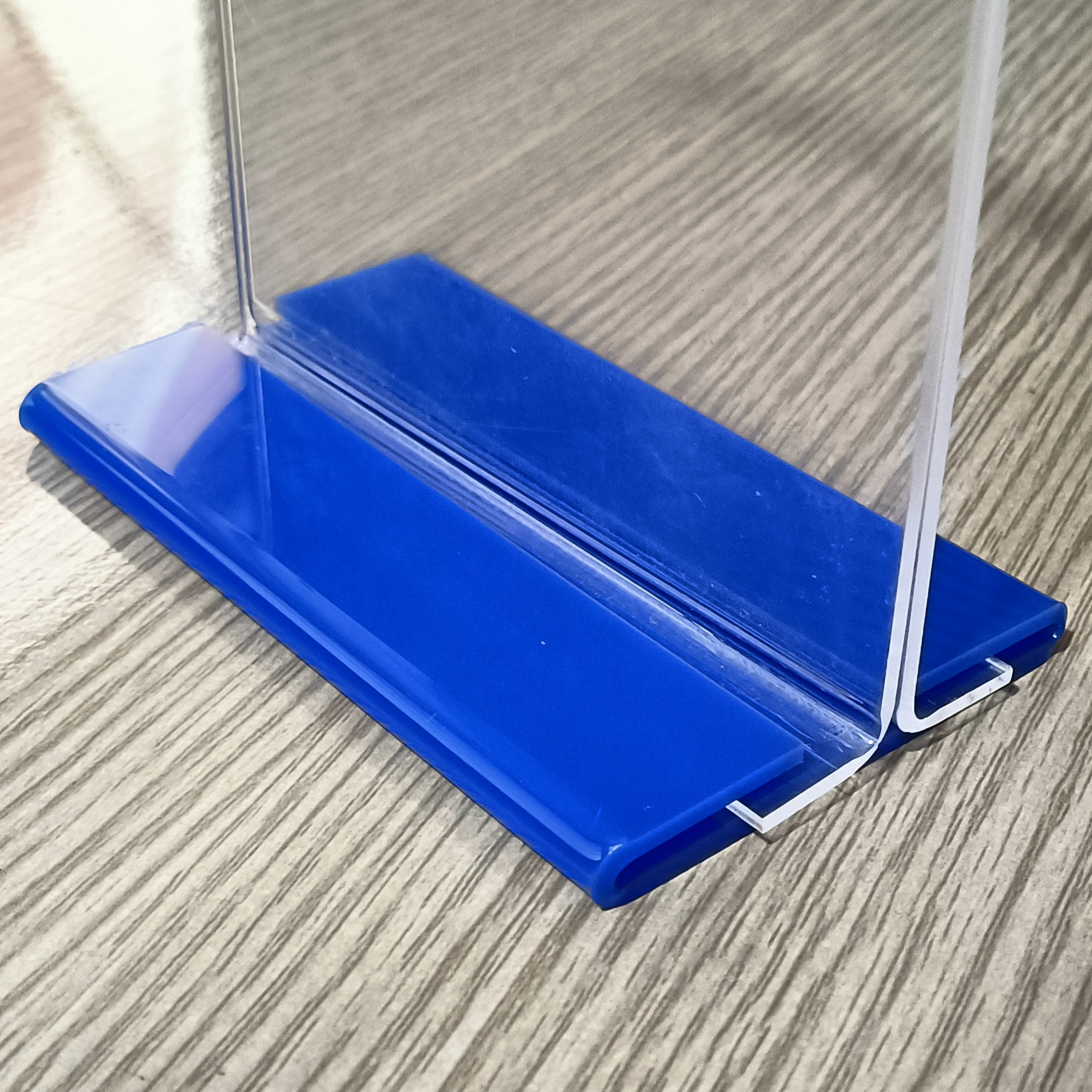Mica is a very adaptable and beautiful material that is extremely versatile and beautiful. It’s easy to use and can add lots to the design of your.
You’ll need an opaque sealant to stop the color from changing or flaking. It is also advisable to test the mica powders and pigments in a smaller scale before you use them for a bigger one.
Sheets for engraving
Mica sheets can be crafted using a complex production process. This amazing natural resource is then utilized in a myriad of industries all over the world. Their unique makeup and special uses make the mica sheets invaluable to industries ranging from the electrical industry to cosmetics and automotive design to manufacturing.
The choice is between rigid or flexible, muscovite, or phlogopite either pure or composite mica sheets can be found in a variety of grades and thicknesses to serve particular applications. They are versatile and can be utilized for a wide range of applications, such as electrical insulation, building high-temperature equipment, and thermal resistance.

Our standard Laser Polymer emits a pleasant lemon scent when the process of engraving and washing out, making it suitable for general stamping or self-inking stamps using regular inks for stamps. It is extremely clean and durable.
Tools for engraving
The past saw engraving used for three motives: Worship, Art and record keeping. It is found in ancient pottery as well as in stone carvings as well as cave drawings. Historically, engraving was done by using various sizes of tools that scratched on the surface of the material in order to produce an image or in mica uv message.
Engraved products are designed to show gratitude to the client, to promote materials for businesses or personal item such as monograms on glasses, bags and many more. It’s a great way to add personalization to any product.
Laser engraving is an easy and fast method of etching images on surfaces like wood. The intense heat and pressure of the machine make it easier to etch intricate and detailed designs into the material.
Sand carving is a basic technique that looks similar to engraving, but does not require as much skill or precision. This kind of engraving produces a frosty, spotless finish that is perfect for marble, glass and other stones. It’s also an excellent option for people who are just getting started in the industry as it is easy to master.
Muscovite Mica Art
MUSCOVITE, or mica (named because of its ability to be divided into paper-thin sheets) is one of more than 30 silicate minerals found as transparent, colorless and odorless flakes plates. It can be found in a wide variety of igneous rocks. Metamorphic rocks like schists and gneisses could be a source of it. Muscovite and phlogopite comprise the two major micas used in commercial. Both are mined by hand in India and Madagascar with the majority of them in shabby working conditions. Mining mica poses a significant occupational hazard. The inhalation of mica dust could cause silicosis.
Despite being most commonly used as a pigment in paints however, it can also be present in drywall and plaster and electrical insulation. It also serves as a lubricant to keep asphalt and rubber from sticking together during shipping and storage. It is frequently used in oil and gas drilling as an additive to mud since it withstands high pressures and temperatures and lubricates the drill bits. Ground mica is also utilized as a filler for resins, plastics and to hold solid particles in paints and gels.
Mica Craft Techniques
You can create shimmering effects by using mica craft techniques for your handmade art. They are a stunning complement to mixed media and resin art and they can also make your polymer clay creations pop. Mica can also be used in paper craft projects to create stunning backgrounds and overlays.
When you’re scrapbooking or painting it is possible to wet a paintbrush and dip it in mica powder for easy glitter application. You can mix mica powder with isopropyl alcohol and put the mixture into a spray bottle for an easy-to-make shimmer spray that is perfect for crafting with paper.
Another method that is fun is to include mica in epoxy resin. It’s a great technique to give artwork a 3-D look. This is particularly useful when it comes to photographs. Print your photo two times at first on regular paper, and then on mica. Add the mica to the epoxy, so that the subject stands out. You can also mix mica into a Mod Podge glaze to create an effect of decoupage. Just be careful that the amount you add isn’t excessive, or it may tint the glaze.
Polishing Mica
Mica can be added to clays to give them a shimmer and sparkle. It’s particularly helpful in the addition of colour to transparent polymer clays. Mica is also used in gilding waxes to accent intricate carvings or moldings and to give them a metallic shine.
Mica powder looks like sparkling fine glitter. It comes in a variety of shades. It’s available in natural (muscovite) as well as synthetic or both forms. It is often used to give paper crafts, epoxy resin, and other items sparkle or a pearlescent glow.
Mica can be used in jewelry making to coat the surface with an emulsion, which is after which it is fired. This creates a coating that is impervious to marks and fingerprints. Mica can also be cut into or painted onto glass to create design elements and texture.